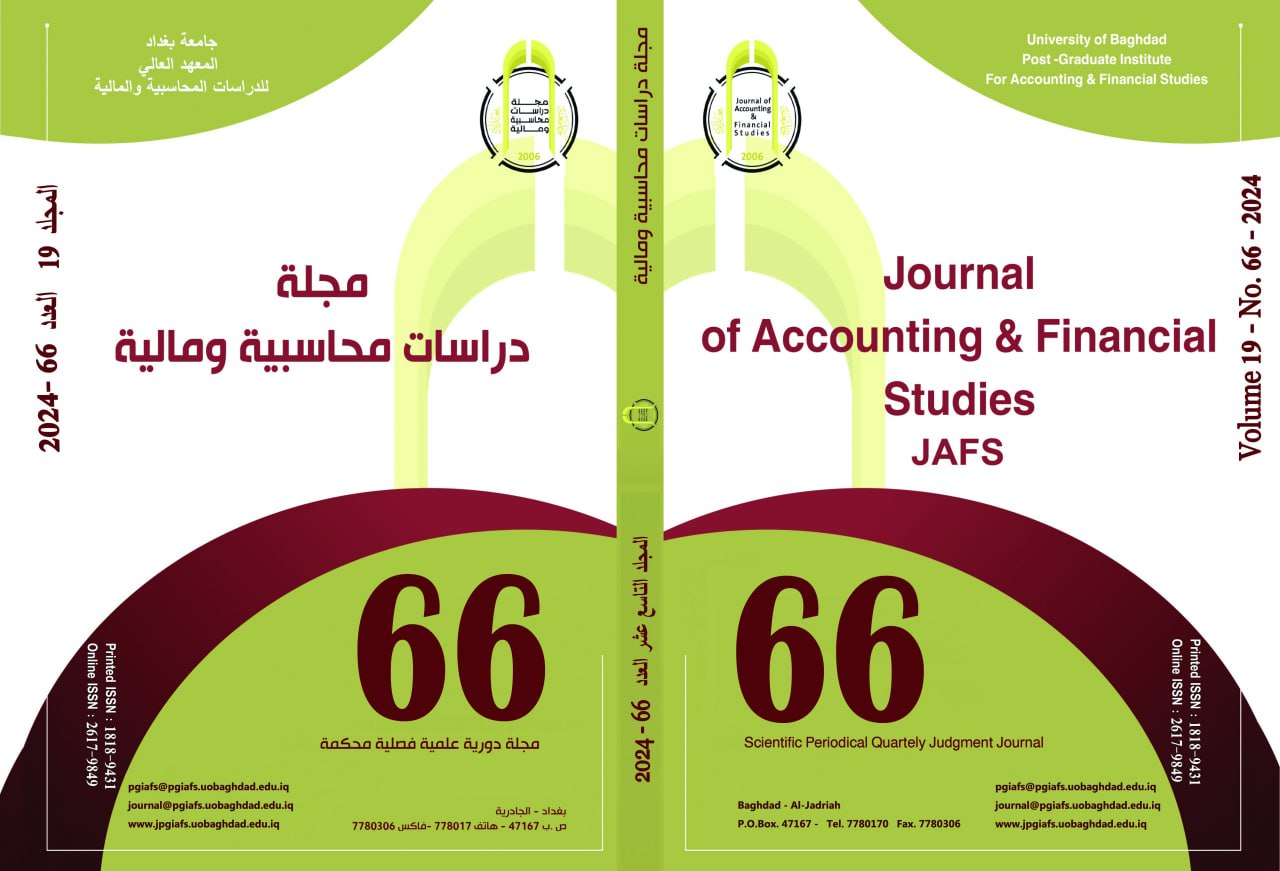Government investment spending for the agricultural sector and its role in achieving agricultural development in Iraq for the period 1990-2020
DOI:
https://doi.org/10.34093/dn1tx034Keywords:
Public Budget, Agricultural Domestic Product, Interest Rate, Exchange RateAbstract
Abstract
The agricultural sector is one of the important economic sectors in Iraq, and it is the first productive sector after oil. It is distinguished by its multiple and influential roles in the national economy. It contributes to providing food to the population and developing the lives of workers in the countryside by providing job opportunities, stabilizing rural communities, and reducing social problems, in addition to its effective role in achieving development. Economic, investment expenditures allocated to the agricultural sector in annual budgets are the main source for developing this sector and financing development programs, due to the lack of sources of agricultural investment for the private sector. In light of this, the research aimed to demonstrate the impact of these expenditures in achieving agricultural development in Iraq for the above period, in addition to the variables. The other economic factors affecting it, namely the interest rate, the exchange rate, and private agricultural investment. The regression equation was used to estimate the relationship between the variables and the (Eviews12) program for analyzing the data. The results showed a positive and significant effect of government investment spending and the exchange rate on agricultural development, and a negative and significant effect of the interest rate and non-the morale of private sector agricultural investments in influencing agricultural development.
Downloads
Published
Issue
Section
License
The copyright is transferred to the journal when the researcher is notified of the acceptance of his research submitted for publication in the journal.



